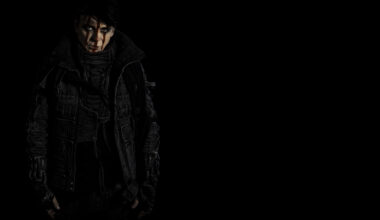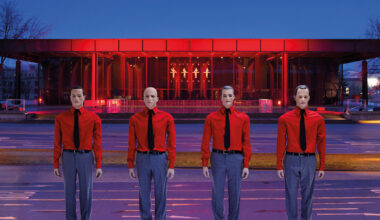Ch-ch-changes… David Bowie knew a thing or two about the future, but he never wrote a song about astrochickens. And if you don’t know what astrochickens are, you really need to read our Handy Guide To Some Of The Crazy Shit Coming Your Way Shortly (Maybe)
Want to read more?
Sign up to Electronic Sound Premium to gain access to every post, video, special offers, and more. 100%, all you can eat, no commitment, cancel any time.
Already a premium member? Log in here






